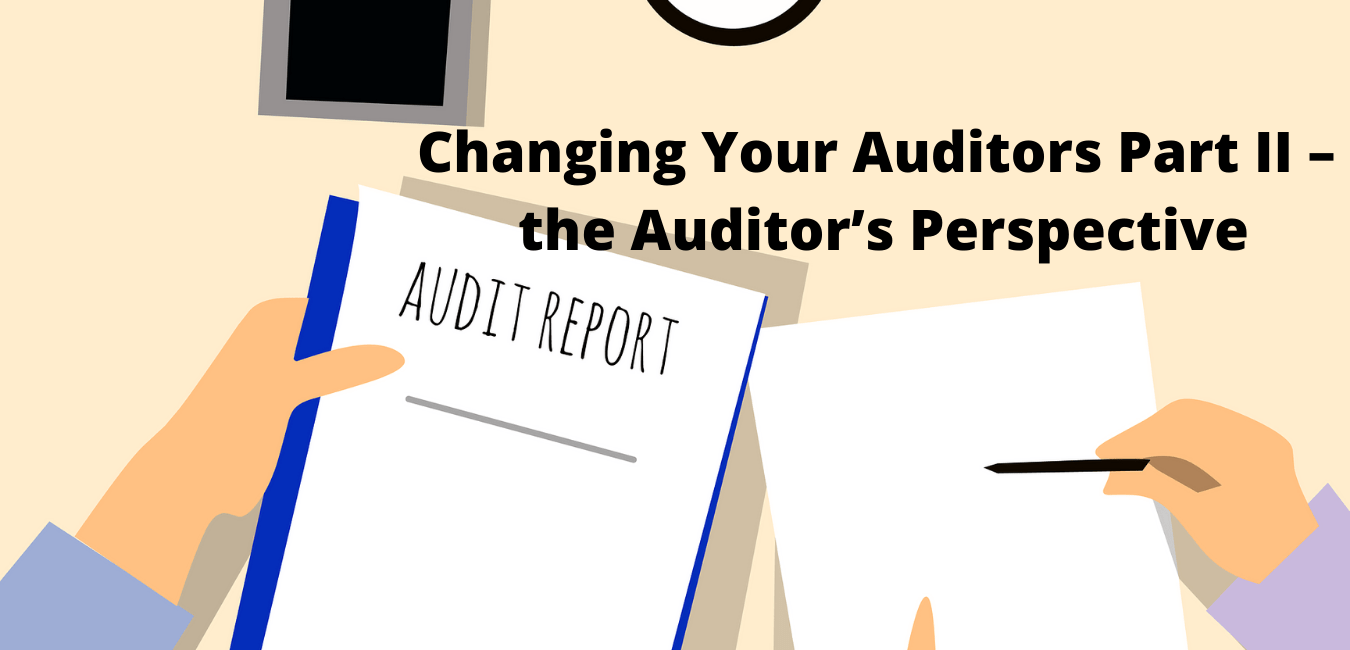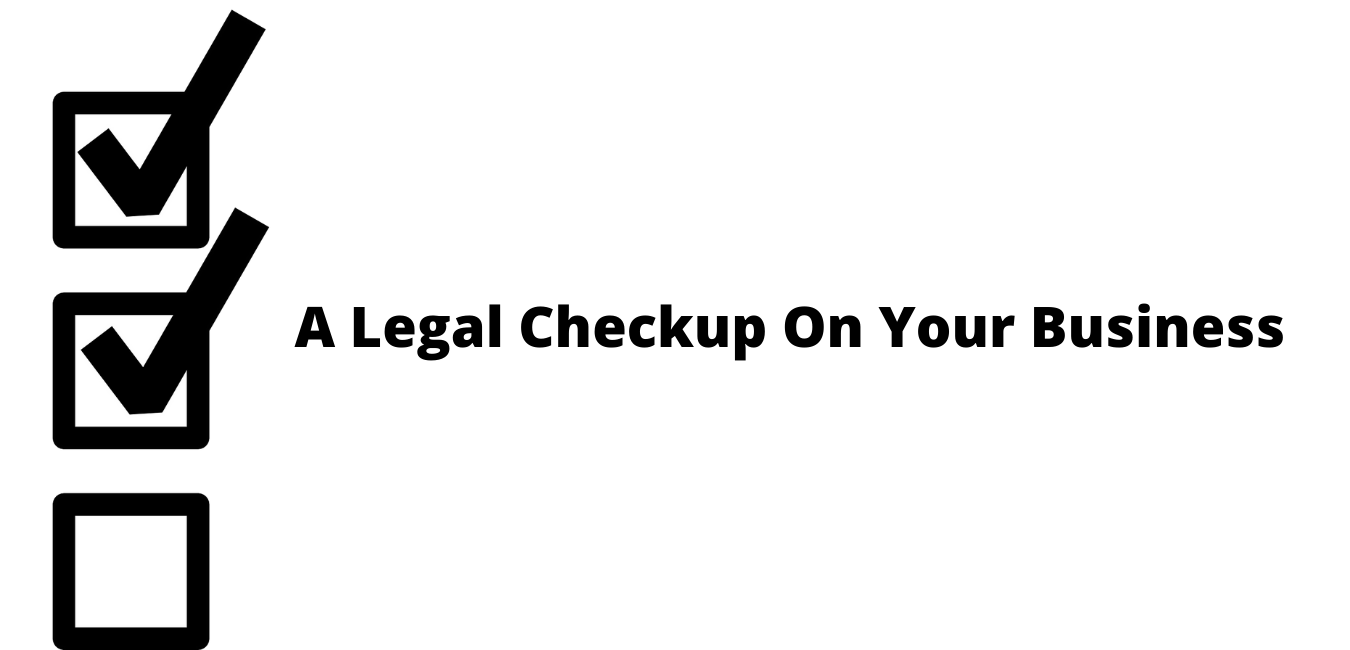by
Shane Hilkowitz, CA
Zeifmans LLP
Overview
This article follows the article written by Brian Koscak and Greg Hogan of Cassels Brock and Blackwell LLP entitled “Changing Your Auditors – Part 1 The Legal Perspective” and published in “Law and Accounting Matters” in May 2009 which discussed the corporate and securities laws relating to a change in auditor.1 Part II is a continuation of the topic and provides the auditor’s perspective for a change of auditor, including the criteria and processes that a successor auditor undertakes in accepting a new engagement.
In responding to a request for a change of auditor, a proposed successor auditor cannot just blindly accept a new audit client without undertaking certain due diligence as required by our professional accounting standards. This due diligence includes obtaining sufficient knowledge and understanding of the prospective audit client’s business, reviewing the former auditor’s working papers and addressing independence issues that may impact on the successor auditor’s ability to accept the engagement, each of which is discussed below.
Knowledge of business and pre-engagement assessment
Auditors need to obtain a pre-engagement understanding of the prospective client that specifically addresses the purpose of the financial statements to be opined on, any special regulatory or legislative reporting requirements, the basis of accounting used, and whether there are any expressed interests of specified users (e.g. lender covenant requirements).
Other key areas the auditor needs to assess include:
· The nature of the assignment and engagement risk. Factors such as the entity’s control environment, complexity of transactions, and management’s attitude towards controls and risks and how they would impact on the risk assessment;
· Independence prohibitions and threats as discussed below in greater detail;
· The auditor’s ability to perform the required work. This includes an assessment of the auditor’s technical and industry knowledge, staffing requirements to execute the engagement within acceptable time-frames, identification of any imposed deadlines, and ability to maintain independence and objectivity throughout the engagement;
· The prospective client’s financial position and ability to pay the auditor’s fees; and
· Results of communications with the former auditors, including the review of related working papers.
Communicating with former auditor
The Rules of Professional Conduct of the Institute of Chartered Accountants of Ontario (the “ICAO”) require communications with the former auditor prior to accepting an audit engagement. This process, which can usually be completed in a timely manner, assists the successor auditor in identifying any situations that may affect acceptance of the engagement. The areas specifically addressed in the communication include: (a) advising the successor auditor whether the former auditor is aware of any circumstances that should be taken into account which might influence the decision to accept the engagement; (b) whether, in the predecessor auditor’s view, fraud or other illegal activity by the client may have been a factor in the client’s decision to appoint a new auditor; and (c) request for access to the predecessor auditor’s working papers.
While many audit firms allow the successor auditor to review their working papers, in these litigious times it is fast becoming common practice that some restrictions are placed on the nature of information made available for review, and conditions are established for such review.
Independence assessment
Prior to accepting an audit engagement, auditors need to ensure that they are in compliance with Rule 204 of the ICAO’s Rules of Professional Conduct. Such independence requirements extend to all members of the audit firm, not only those who will be working directly on the prospective engagement. Rule 204 deals with outright prohibitions2 on auditors as well as the need to address threats to the prospective auditor’s independence, including those arising from self-interest, self-review, advocacy or familiarity.
Direct prohibitions applicable to all audits
Any member of the audit firm is prohibited from holding, providing or having, as applicable:
1. a direct financial interest or material indirect interest in a client;
2. a loan or guarantee from or to a client where the client is not a bank or similar institution;
3. any close business relationship with a client or its management, or immediate family members serving as directors, officers or employees of the client;
4. recently served as an officer or director or employee of the prospective client;
5. presently serving as a director, officer, secretary or employee of the prospective client;
6. performed management activities or made any management decisions;
7. recently provided significant legal services to the prospective client; or
8. recently provided corporate finance or similar services to a client.
Direct prohibitions applicable to audits of Listed Public Companies
1. Former audit team members may not take senior financial positions with a client for a period of one year;
2. Audit partners must rotate off an audit engagement after five years or seven years if not the lead partner;
3. The audit committee must pre-approve all services provided by the auditor to a client;
4. Audit partners may not be directly compensated by the audit firm for selling non-assurance services to an audit client;
5. Members and firms may not provide: bookkeeping and accounting services; financial information systems design and implementation services; actuarial or valuation services; internal audit services unless it is reasonable to conclude that no self-review threats exists (see below); or
6. Members and firms may not provide the following services, even if they are not subject to audit: expert services including litigation support; legal services; management functions; human resources services; corporate financial services.
Listed Public Companies are referred to in the Rule 204 as “listed entities”. A listed entity is an entity whose shares or debt are quoted or listed on a recognized stock exchange, such as the CSE, other than an entity that has a market capitalization and book value of total assets that are both less than $10 million.
An entity that meets the definition will be considered to be a listed entity until its securities cease to be quoted or listed, or its market capitalization and total assets have fallen below the $10 million threshold for a period of two years.
Self-interest threats
Self-interest threats can arise if the audit firm has concerns that the budget will be too low to allow adequate procedures to provide assurance on the engagement.
Self-review threats
Self-review threats would include situations that arise from auditors reviewing work done by the audit firm. An example would be the audit firm preparing working papers usually prepared by a client. It may be more difficult to evaluate without bias the work of one’s own audit firm than the work of a client. Therefore, a self-review threat may arise when auditors review judgments and decisions they, or others in their organization, have made.
Advocacy and familiarity threats
Advocacy threats include circumstances in which the auditor advocates a client’s position either directly or through a close or immediate family member. Examples include: promoting shares or securities of a client; acting on behalf of a client in litigation or dispute resolution with third parties; having a close or long-term relationship with a member of a client’s management team; or any business initiatives in which the audit firm has participated with a client.
Other threats
Other threats include any circumstances that would threaten the auditor’s independence or appearance of independence should also be considered.
Next steps if audit engagement is acceptable to successor auditor and client
Once a proposed mandate is acceptable to the auditor and client, the auditor would submit an engagement letter to the company’s Audit Committee Chairman. The decision to change auditors would then follow the legal requirements in Part 1 of this article.
* * *
This article is not intended to provide accounting advice as individual situations will differ and should be discussed with an accountant. For more information contact Shane Hilkowitz, CA at Zeifmans LLP. Shane can be reached at (416) 256-4000 Ext. 327 or hilkowitzs@zeifmans.ca.
Zeifmans LLP is a leading Toronto-based accounting firm with an extensive local, national and international roster of clients. From its well established position in the Canadian business sector, the firm has forged a formidable reputation at home and abroad. Designated a Panel Auditor by the Toronto Stock Exchange and the Investment Dealers Association of Canada, and a participating member of the Canadian Public Accountability Board, Zeifmans’ partners have provided tax and audit solutions to some of the world’s most recognized companies and individuals. As a member of Nexia International, Zeifmans is uniquely positioned to offer potent global reach and influence from its Toronto base. Nexia is a worldwide network of independent accountancy, tax and business advisers ranked among the world’s top ten accounting organizations boasting nearly 600 offices in approximately 100 countries.
The author would also like to thank Brian Koscak and Greg Hogan at Cassels Brock & Blackwell LLP for their contribution to this article. See footnote 1. Brian can be reached at 416.860.2955 or bkoscak@casselsbrock.com; Greg can be reached at 416.860.6554 or ghogan@casselsbrock.com.
1 The article can be found at: Changing Your Auditors- Part I. 2 Additional information can be obtained from The Institute of Chartered Accountants of Ontario, Rules of Professional Conduct, February 2004 - Rule 204, Independence.









